Are you witnessing your child struggling with distinguishing between “p,” “q,” “b,” and “d”? If so, fret not! Many parents encounter this common challenge in their child’s literacy journey. Understanding why this confusion occurs and employing effective strategies can pave the way for smoother learning experiences. Let’s delve into this topic and explore practical solutions to help your child conquer these pesky letter mix-ups.
Understanding the Challenge:
Understanding why children confuse these letters is the first step towards finding solutions. Several factors contribute to this confusion:
Visual Similarity: The visual resemblance among “p,” “q,” “b,” and “d” can lead to confusion, especially for young learners still grasping letter shapes.
Spatial Orientation: The orientation differences between these letters add to the complexity. A simple rotation transforms “p” into “q” or “b” into “d,” making it tricky for young minds to differentiate.
Developmental Stage: It’s important to recognize that confusion with these letters is a typical part of early literacy development. With time and practice, most children overcome this hurdle.

Strategies to Help Your Child:
Equipped with insights into the challenge, let’s explore actionable strategies to assist your child in mastering these letters:
- Multisensory Learning: Engage your child in activities involving touch, sight, and sound. Utilize tactile materials like magnetic alphabets or sandpaper letters to reinforce letter shapes.
- Visual Cues: Create visual aids to distinguish between the letters. Associating each letter with words like “pizza” for “p” or “ball” for “b” can enhance recognition.
- Mnemonic Devices: Introduce memory aids to reinforce letter orientation. For instance, associating “b” with a bat’s body and “d” with a dog’s tail can help your child remember their shapes.
- Mirror Writing: Encourage mirror writing exercises to reinforce letter orientation. Using a whiteboard or glass surface, have your child trace the letters in reverse to solidify their understanding.
- Word Play: Incorporate letter recognition games into your child’s routine. Create puzzles or scavenger hunts where they identify words containing “p,” “q,” “b,” or “d.”
- Consistent Practice: Practice makes perfect! Integrate letter recognition activities into daily routines and provide ample opportunities for your child to practice writing and identifying these letters.
- Positive Reinforcement: Celebrate your child’s progress and efforts. Positive reinforcement boosts confidence and motivates continued learning.
Patience and Persistence:
Remember, mastering letter recognition takes time and patience. Celebrate small victories and reassure your child that mistakes are part of the learning process. With consistent support and encouragement, they will gradually become more proficient.

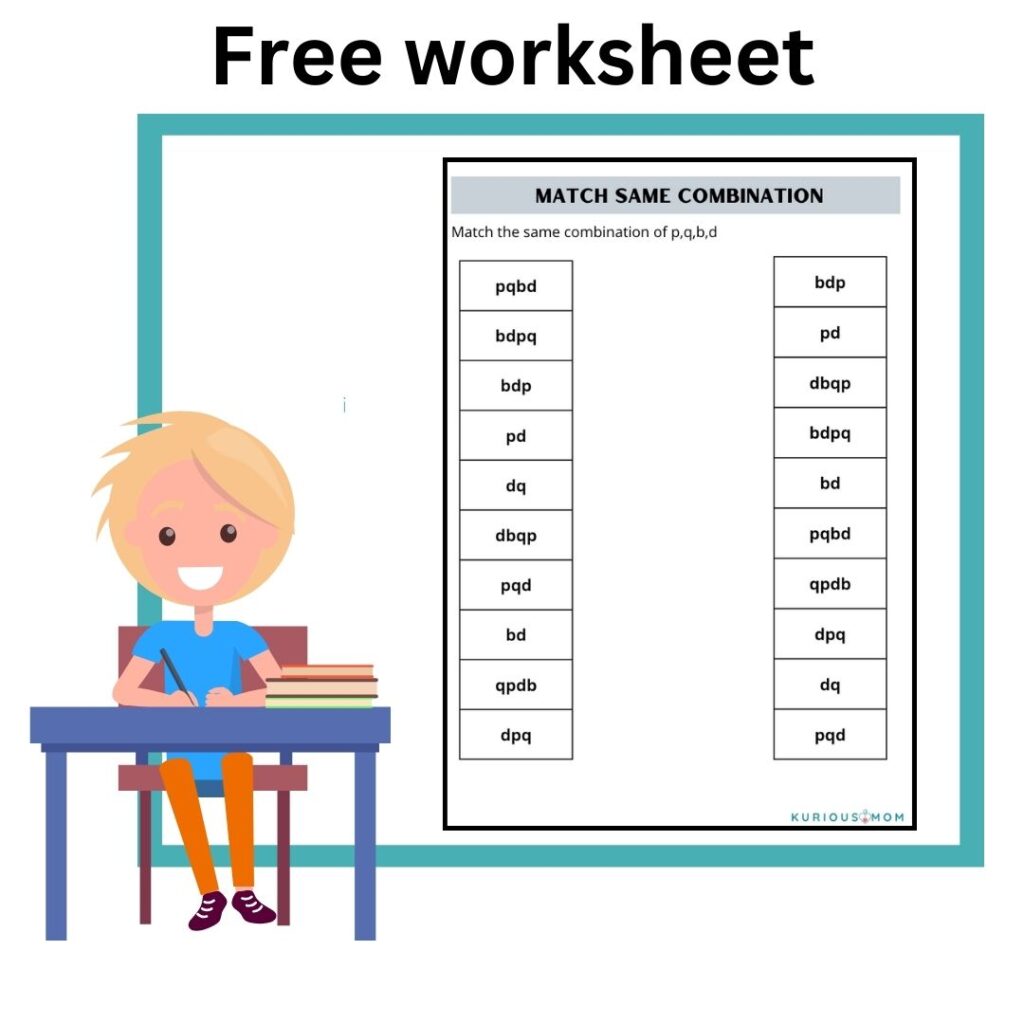

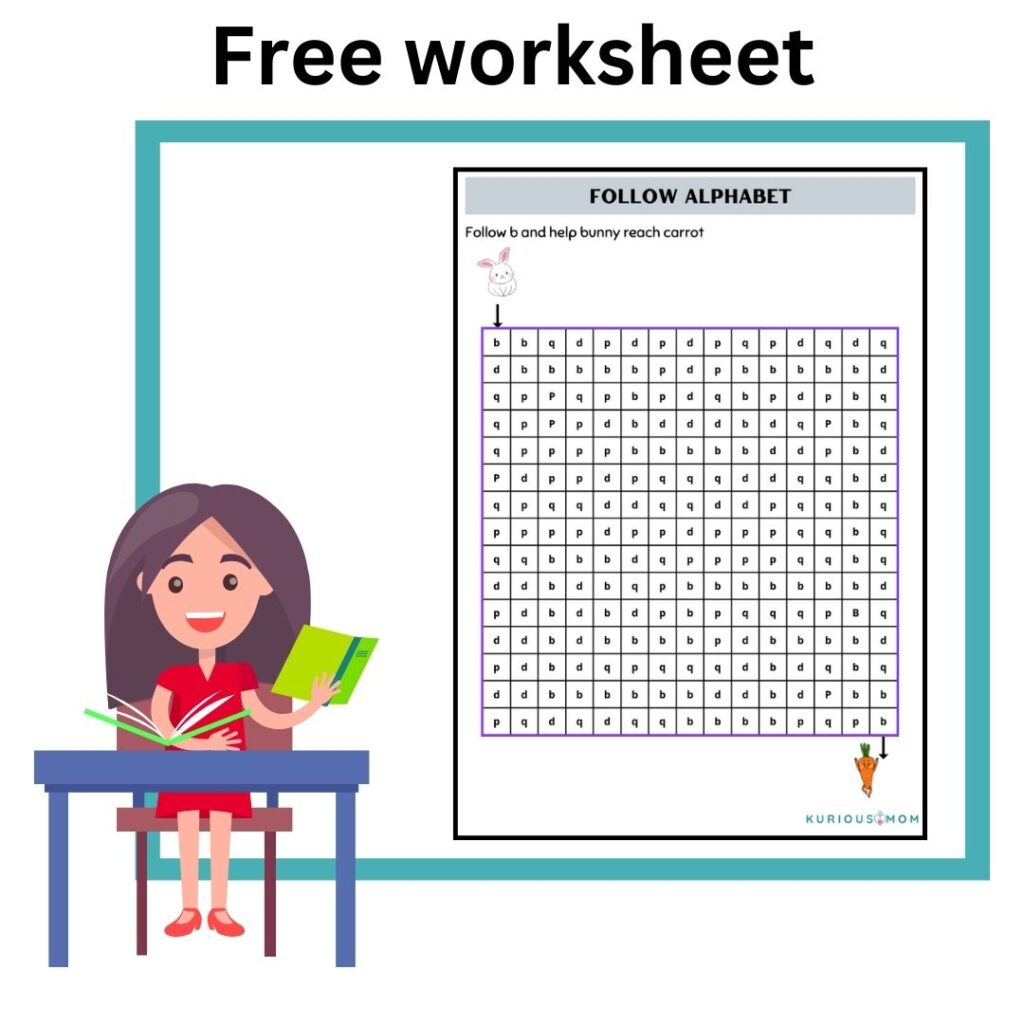


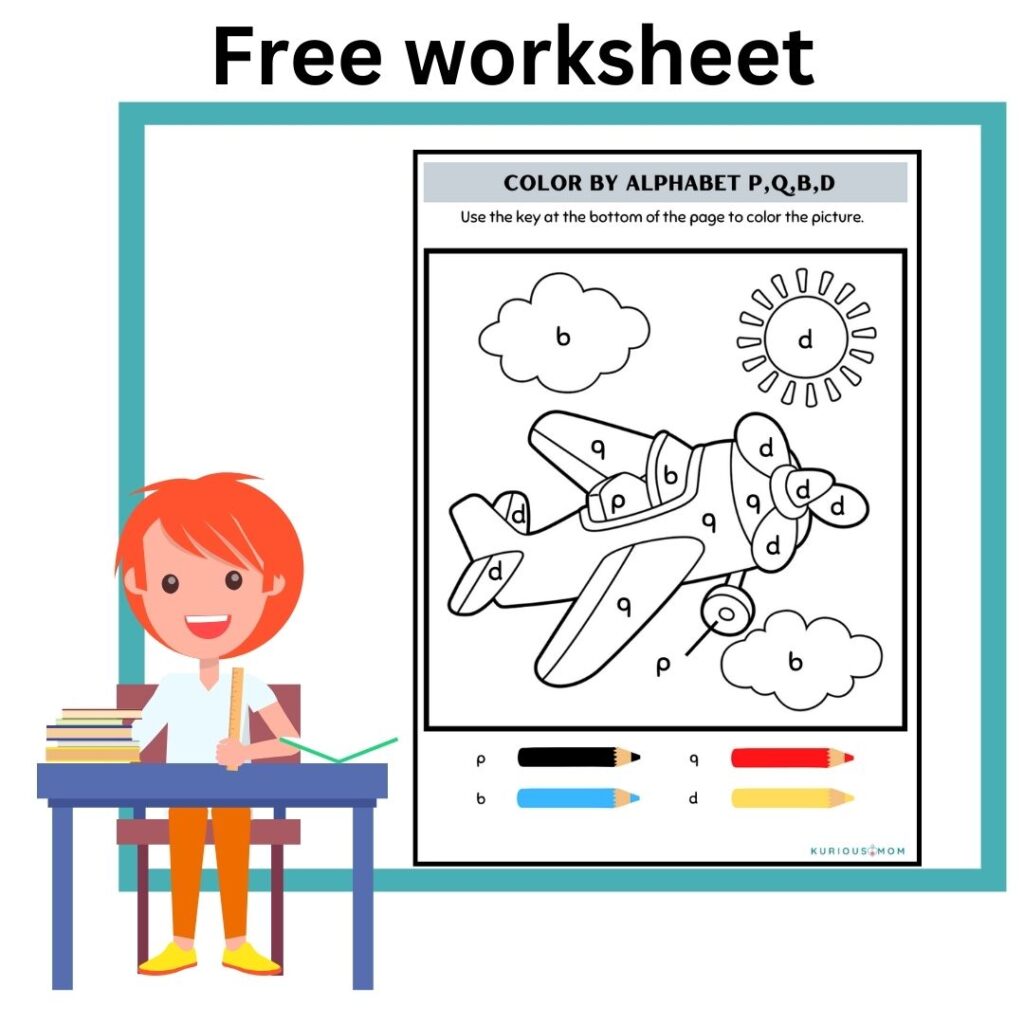
Conclusion:
Confusion between “p,” “q,” “b,” and “d” is a common challenge in early literacy development. By understanding the root causes and implementing targeted strategies, you can empower your child to overcome this hurdle successfully. With your support and encouragement, they’ll soon navigate the world of letters with confidence and ease.

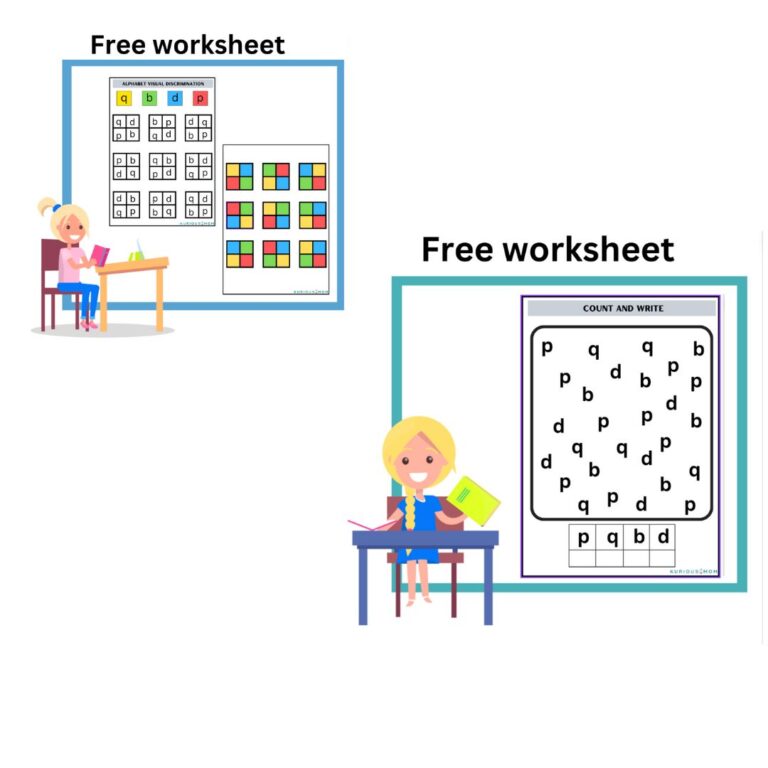
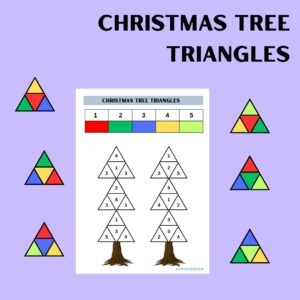




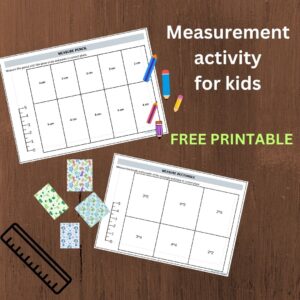
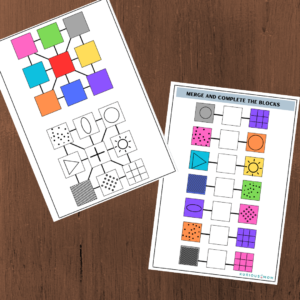
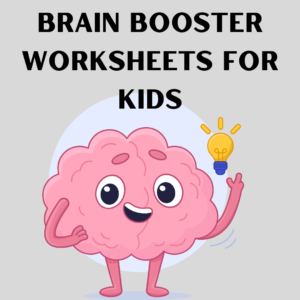
Brilliant way to make them understand